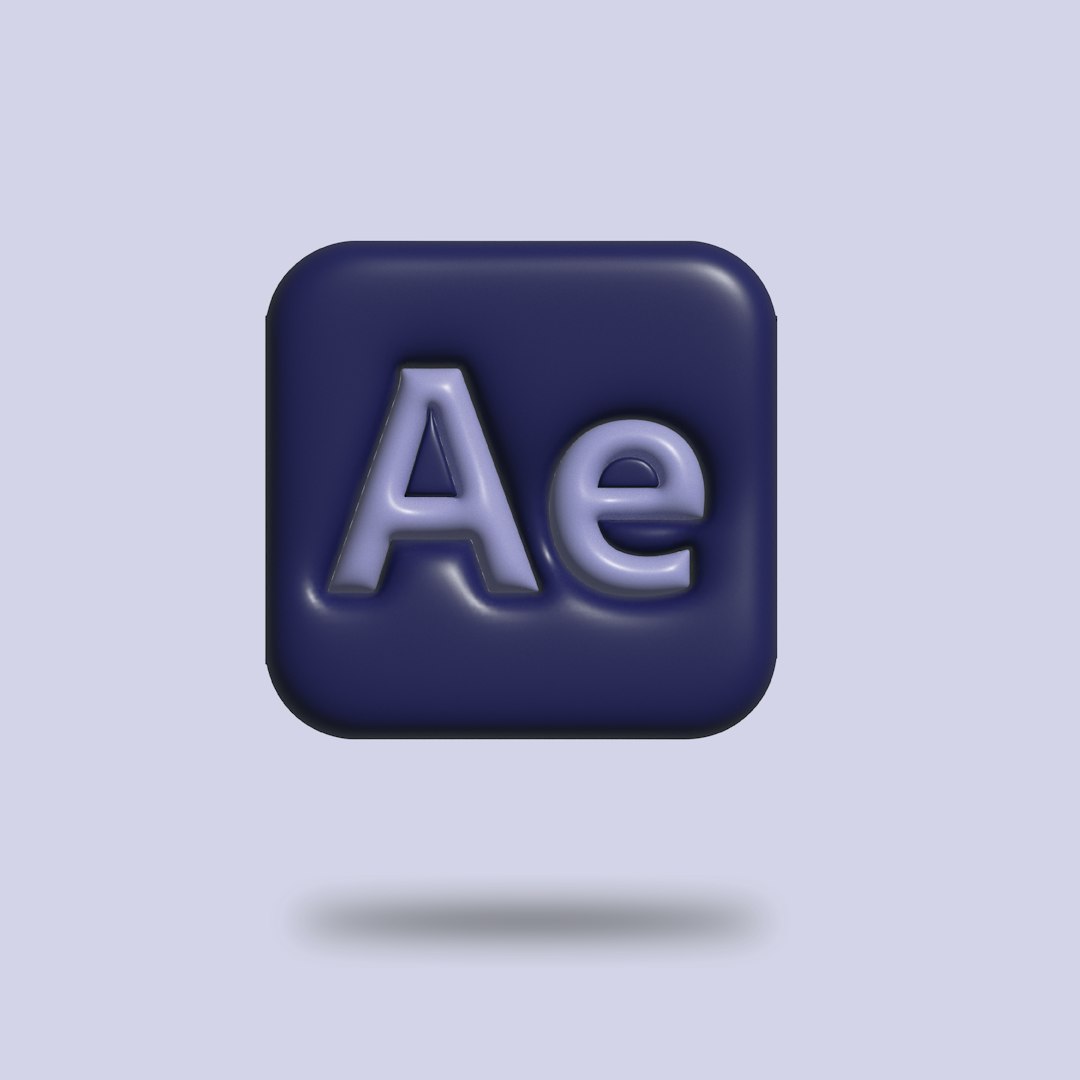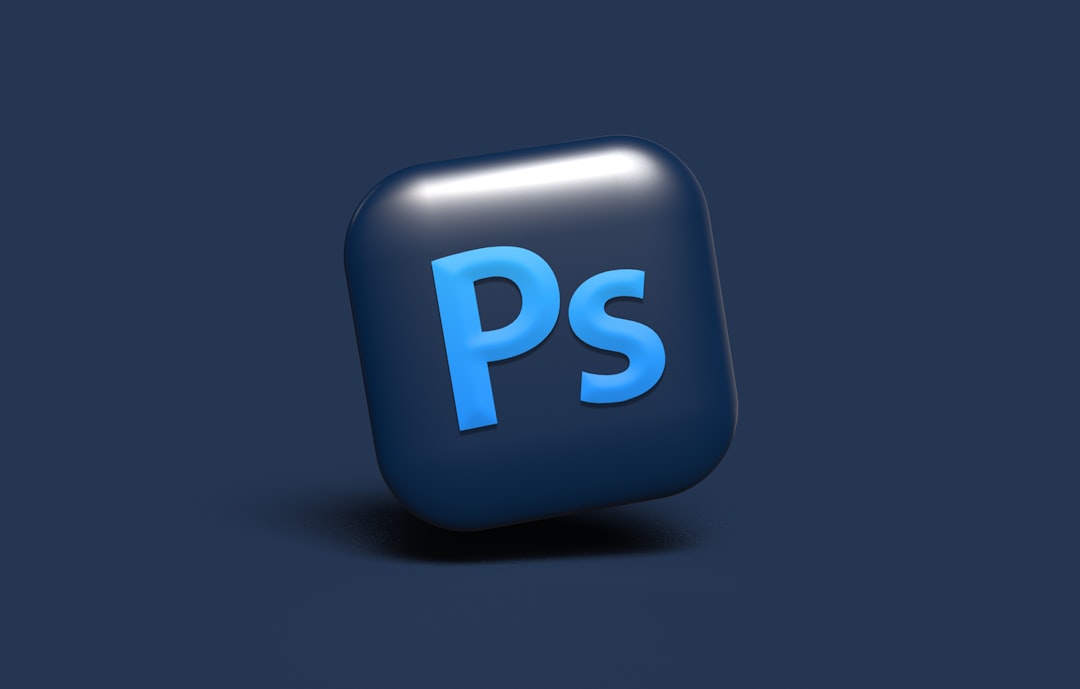With the rapid advancements in smartphone camera technology and photo capture formats, the High Efficiency Image Format (HEIF), commonly recognized by its file extension HEIC, has gained popularity—especially among Apple device users. However, despite its modern advantages, HEIC still faces significant compatibility challenges within the broader ecosystem of digital imaging in the United States, particularly regarding professional, commercial, and collaborative photo workflows. For this reason, converting HEIC files to the more universally accepted JPG format remains an essential step in ensuring seamless interoperability and efficiency across numerous platforms and applications.
An Overview of HEIC: The New Standard?
Table of Contents
HEIC is a file format developed by the MPEG group and introduced as a part of the HEIF (High Efficiency Image File) standard. Apple adopted it as the default format for photos taken on iOS devices starting with iOS 11 and macOS High Sierra. The primary benefit of HEIC lies in its superior compression algorithm that reduces file size while maintaining high image quality.
Despite its technical advantages, HEIC’s compatibility footprint across computers, software, websites, and devices remains limited, especially when compared to the globally entrenched JPG format. This discrepancy creates friction in everyday photo workflows, prompting many users and professionals to convert their images to JPG for universal compatibility.
Why Compatibility Is Crucial in U.S. Photo Workflows
In the U.S., both individual users and professionals across industries—in media, healthcare, real estate, education, and e-commerce—depend on seamless image access, editing, and sharing. A few moments of incompatibility can translate into missed marketing deadlines, botched client presentations, or failure to upload product images properly.
Here are the key reasons why converting HEIC to JPG is essential:
- Software Versatility: While Apple’s ecosystem natively supports HEIC images, many third-party tools—especially legacy systems and Windows software—do not. JPG remains universally supported across operating systems and software platforms, from Photoshop to older CMS systems.
- Email & Web Uploads: Many web applications and email clients do not reliably render HEIC files, leading to display issues or upload failures. JPG files are a safe bet for digital communication and publication.
- Client Delivery Requirements: Freelance photographers and content creators often work with clients requiring images in JPG due to internal system requirements. Delivering in HEIC may require additional back-and-forth communication, delaying project timelines.
- Online Stores & Platforms: Popular marketplaces like eBay, Shopify, and Etsy may not support HEIC uploads or optimize them poorly, impacting product listings and sales efforts.
- Printing Services: Major U.S. photo printing outlets, from Walgreens to Walmart, typically favor or exclusively support JPG. Uploading HEIC might not even be an option at most kiosks.

Understanding the Limitations of HEIC Adoption
The slow adoption of HEIC outside of the Apple ecosystem is attributed to various factors:
- Licensing and Patent Constraints: Unlike JPG, which has a well-established and widely supported patent structure, HEIC involves newer patents and licensing models that may not be viable for open-source or budget-constrained software developers.
- System-Specific Rendering: Windows 10 and earlier versions require additional codec installations to open HEIC images. Even with modern OS versions, many photo editing applications and browsers still either do not support or only partially support HEIC.
- Compatibility Inconsistencies: Some social media platforms and CMS systems compress HEIC differently or fail to process metadata correctly, which affects quality and accessibility.
Until the entire digital ecosystem shifts to fully embrace HEIC—and it may take years—working professionals in photography, design, real estate, and small business operations will continue needing JPG.
The Role of JPG in Legacy and Collaborative Environments
JPG (or JPEG) has existed since 1992 and remains the world’s most recognized image format. Its value lies in being a common denominator: a format that virtually every device, software, and online platform can access and process.
In collaborative environments, such as marketing agencies or print publishing houses, standardized formats are crucial. A creative director working on a Windows desktop might need access to images taken by a field photographer using an iPhone. If these files arrive in HEIC, they encounter compatibility hurdles not just during access but also when importing into systems like Adobe InDesign or WordPress distributions that lack broad support.

JPG serves as an “automatic passport” in these scenarios, allowing all contributors to focus on their creative tasks instead of undergoing technical troubleshooting or format conversions at the last moment.
Security and Accessibility Considerations
In sectors such as legal services, education, and healthcare, official documentation often includes photos. These institutions regularly maintain legacy systems that require basic file format compatibility. Uploading a HEIC file to a court case record or a hospital portal may either fail or distort the important metadata within the file such as creation date, geo-location data, or orientation tags.
The JPG format, in contrast, maintains standardized EXIF metadata compatibility and often requires no additional codecs or updates to run on secured infrastructure. That alone makes it the preferred format for long-term digital archival in sensitive or legal contexts.
How to Convert HEIC to JPG Efficiently
The good news is, converting HEIC to JPG is both easy and scalable. Users can convert images using several approaches depending on the volume and context:
- Native Apple Conversion: Changing iPhone camera settings to automatically save images in ‘Most Compatible’ (JPG) format avoids future conversions.
- Mac Preview App: Mac users can open an HEIC image in Preview, then export it as a JPG.
- Third-Party Software: Many utilities, including Adobe Lightroom, iMazing, and dedicated HEIC-to-JPG converters, batch process multiple files with high efficiency.
- Online Converters: Websites like CloudConvert and Convertio offer secure, browser-based conversion tools if minimal privacy concerns exist.
- Windows App Integration: Free applications from the Microsoft Store enable Windows 10 and 11 users to open and convert HEIC files natively.

Whichever method you use, make sure to preserve key image qualities and metadata, especially if these files are used in professional or archival contexts.
Conclusion: Converting for Practicality, Not Perfection
Though HEIC offers modern advantages in compression and quality, the current landscape in the United States makes it more of a niche rather than a norm. JPG’s reliability, cross-platform support, and institutional familiarity make it a safer and more productive choice for professionals and casual users alike.
As more platforms gradually adopt HEIC, we may eventually outgrow the need for conversion. But until that day comes, converting HEIC to JPG isn’t just a wise step—it’s a necessary one for ensuring photo compatibility, avoiding workflow disruptions, and maintaining communications integrity in today’s media-centric world.

